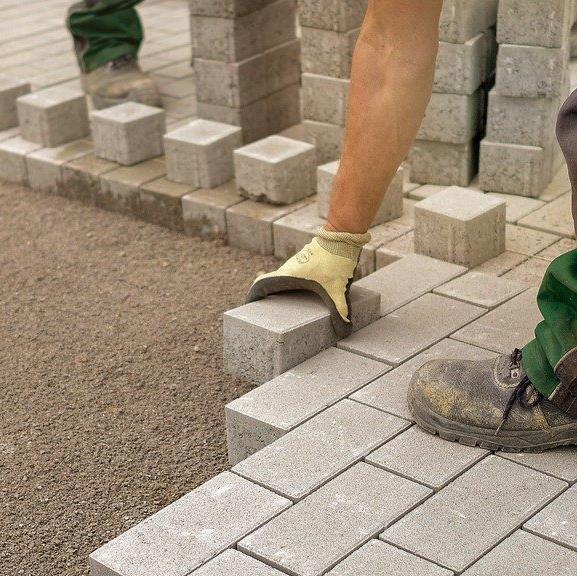When a driveway or other paved areas, such as a parking lot or roadway, becomes cracked or damaged, those issues can make it difficult for vehicles to drive safely. Poor pavement can even create hazards for those walking in these areas. Proper repairs can minimize the damage to these areas and prolong the life of the pavement.
Repairing Pavement
Age and the weather wreak havoc on asphalt pavement. Temperature changes can allow water to enter. The water can cause further damage and enable the cracks to become larger and, eventually, turn into holes. Before long, the pavement is crumbling away. By repairing the pavement in a timely manner, the area can be kept in proper working condition.
Unfortunately, when the pavement has become too damaged, it may need to be replaced. Cracks of various sizes and potholes can all be repaired. However, when water enters the pavement and erodes the base, it can crumble or heave or subside, making repairs nearly impossible. When this occurs, replacement may be the best option.
Tiny Cracks
Tiny cracks in the pavement that are less than 1/8 inch can be very difficult to seal properly. Numerous cracks of this size, however, can be a problem. When this occurs, a surface seal may be the best option for the repair.
Fog seals or even a slurry seal may be a good option. The best seal needs to be fluid enough to get into each of the tiny cracks. This ensures full protection and prevents water from entering and causing further damage.
Clean Out the Cracks
For anything larger than hairline cracks, some preparation needs to be performed before repairs can be made. The first thing that needs to be done is to clean out the cracks or holes. This includes pulling any weeds that have grown and sweeping any debris or loose pieces of pavement to clear the area for repair.
Next, use a pressure washer to clean the cracks and holes thoroughly. This will remove any little bits left behind to ensure the repairs will stick. Then, let the area dry completely. Weedkillers should also be applied to these areas to ensure no weeds attempt to grow back under the repair. Follow the manufacturer’s instructions to allow the weed killer to work and then move on to the next step.
Larger Cracks and Holes
Cracks that are less than a half-inch wide can be filled with a crack filler compound tube. Fill each crack until the filler reaches the level of the pavement or higher and smooth with a trowel. Larger cracks should be filled with sand and compressed with a tamper until the sand is about a ¼ inch below the surface.
Next, apply the proper patching compound for the surface. Push it into the cracks with a small trowel or pour directly into any holes in the pavement. Start with a thin layer and compress with a steel tamper. Apply more compound and continue to compress until the repair material is level with the surrounding asphalt. Smooth well with a trowel.
Follow the manufacturer’s instructions and allow the patching compound to cure completely. This can take hours, or even days, depending on the type of compound used. Once the repair is complete, apply the appropriate sealant to the patched area.
In general, pavement repairs need to be performed when the weather is warmer. However, there are options available that make repairs possible even when the temperatures are colder. Infrared asphalt repair may be a great option for common pavement issues.
Are You a Professional?
Requests for your services are coming in left and right. Let’s connect and grow your business, together.


